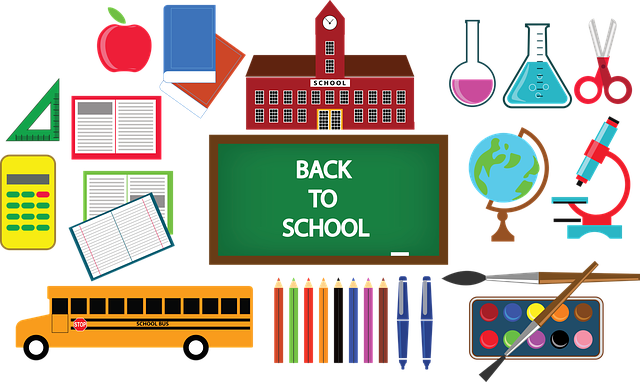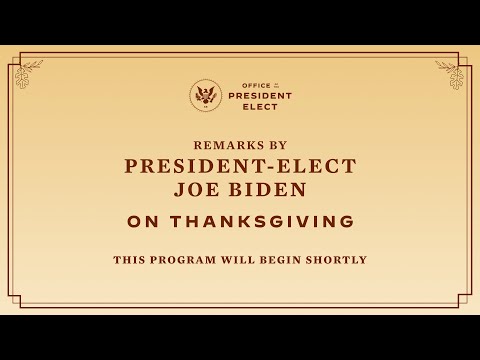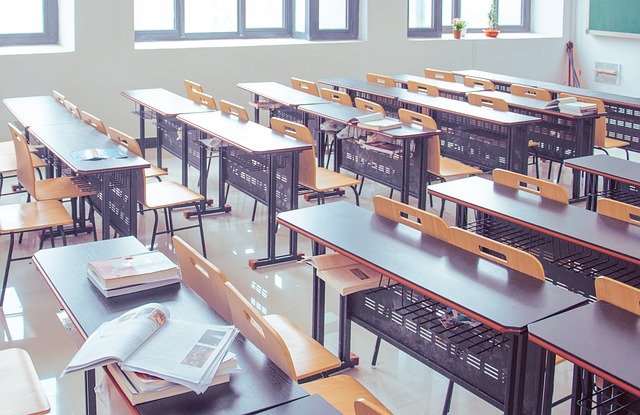Teachers often tell their students that there is no such thing as a bad question. It’s true of course—students should never be embarrassed to ask a question. At the same time, however, it is possible to learn to ask better questions.
Unfortunately, questioning is a skill that is not emphasized enough in classrooms. Indeed, one of the pillars of critical thinking—a set of skills that is more valuable now than ever—is the capacity to formulate and ask questions.
Formulating Good Questions
Formulating good questions requires that we hone in on an issue effectively, proactively and with confidence. Good questioning skills are among the most important strategies we can help our students cultivate, and they are closely aligned with the ideals typically expressed in schools’ mission statements. Moreover, the ability to generate and ask robust questions empowers us all as citizens in a democratic society. Our form of government, quite literally, depends on it.
Regrettably, the current emphasis on extrinsic motivators such as testing and ranking devalues questioning. The drive for better scores overwhelms intrinsic motivators—like creativity, autonomy and love of learning—that grow when kids are given the tools and opportunities to ask good questions. Learning should be enjoyable and fulfilling. It should be characterized by curiosity and awe.
Teaching Critical Thinking
A new teachers’ guide to critical thinking (which I advised on with a group of exceptional fellow educators) released by the Reboot Foundation provides insights into teaching critical thinking, lesson plan outlines on skills like critical reading, and other suggestions for teachers to foster curiosity and critical thinking.
One related and compelling strategy for teaching questioning and critical thinking comes from the Question Formulation Technique (QFT), devised by the Right Question Institute. It’s a powerful way to foster a critical thinking ethos among not only our students, but anyone seeking to evolve and thrive as a learner and as a citizen.
QFT begins with a prompt, which the Right Question Institute refers to as the Q-Focus. The Q-Focus can be an image, a quote, a controversial statement, a political cartoon, an artifact, or any number of ways to provoke interest, stimulate questioning, deepen thinking, and engage students from the initiation of the learning task.
For example, to begin a lesson about women’s rights, a teacher might show the famous 1967 image of Katherine Switzer being attacked by a male race official while becoming the first female to run the Boston Marathon. It is important that this prompt is grounded in the curriculum and serves as a springboard for student examination of a larger issue, dilemma, event, concept or another phenomenon.
Students might ask questions about:
- Where and when the event took place.
- The assailant and the expression on his face.
- The role of the other male runner.
- Her reaction and the reaction of others.
- Changing attitudes and cultural norms.
- Concepts such as fairness, competition and equity.
When presented with a Q-Focus, especially in a group setting, students are encouraged to ask as many questions as possible; to refrain from answering, judging, or discussing any of the questions; to write down every question exactly as stated, and to change any statements about the Q-Focus into questions.
During this initial brainstorming session, it’s valuable to discuss with students the advantages and disadvantages of different kinds of questions: for example, “open” questions, which tend to have no definitive answers, versus “closed” ones that do, for example.
Students will typically focus on things like the availability of facts, the enduring nature of the question or the speed with which an answer can be found. They may also find that, by and large, questions that begin with who, what, where, and when tend to be “closed” questions, whereas why and how lend themselves to more “open” questions.
The next steps in the process involve students sharing their questions with each other (being reminded not to judge, answer, nor discuss). Students should identify each question as an “open” or “closed” question, and importantly, changing closed questions to more open-ended ones and vice versa.
Using the previous example, if students ask more closed questions focused on the era in which the event took place, such as “Why is the photograph black and white?” or “Why are the people dressed like that?”, the teacher should take advantage of the opportunity to model ways to strengthen the question: “What can images tell us about the attitudes, values, and behaviors of previous generations or time periods?”
Initially, learners of all abilities and ages may struggle with modifying questions so that they become more open-ended. It is also advantageous to point out that often, the questions are not so much about the Q-Focus, but the larger ideals, concepts, or more enduring issues that the Q-Focus represents.
To these ends, a worthwhile strategy is to provide question stems for students to work with, such as “In what ways…” and “To what extent…” A more open question about the Switzer incident might be “In what ways do incidents like this one reveal deeper cultural attitudes toward women and equal rights” or “To what extent did Katherine Switzer’s actions change things for the better?”
Open-ended questions are essential, enduring, and overarching—they can be used time and again and are applicable across a curriculum and even across disciplines. Learning how to ask these types of questions enhances students’ critical thinking capabilities, builds confidence, and increases interest and engagement.
Teachers may be understandably hesitant to make the shift from a classroom dynamic where they ask questions for students to answer to one in which students are asking the questions. But isn’t this more aligned with what we as teachers want our students to ultimately become: the primary producer, owner, and consumer throughout the learning process?
The teacher, meanwhile, serves here as a model, a guide and a facilitator. The QFT encourages teachers to refrain from attempting to answer and improve students’ questions and allows students to improve their own questions. It transforms a teacher-dominated setting into a student-driven and more collaborative classroom environment. The superiority of active student engagement to passive learning will become increasingly evident as student competence with question generation flourishes.
The Question Formulation Technique is a valuable instructional strategy for teachers to have in their critical thinking toolbox. As students learn how to develop questions, they will be well on their way toward active, knowledgeable citizenship and lifelong learning.
Colorado News
 A research professor at Georgetown University and director of the Edunomics Lab, Marguerite Roza, joins Paul E. Peterson to discuss a new Edunomics Lab study on weighted student funding, which investigates the spending patterns and student outcomes in school districts.
A research professor at Georgetown University and director of the Edunomics Lab, Marguerite Roza, joins Paul E. Peterson to discuss a new Edunomics Lab study on weighted student funding, which investigates the spending patterns and student outcomes in school districts.





 An assistant professor of education at the University of Southern California Rossier School of Education, David Quinn, joins Education Next Editor-in-chief Marty West to discuss Quinn’s new research, which investigates how standardized grading rubrics can help combat racial biases in schools.
An assistant professor of education at the University of Southern California Rossier School of Education, David Quinn, joins Education Next Editor-in-chief Marty West to discuss Quinn’s new research, which investigates how standardized grading rubrics can help combat racial biases in schools.



 A professor of Education Policy at the University of Arkansas, Patrick J. Wolf, joins Paul E. Peterson to discuss Wolf’s new research, which explores the funding inequities between charter and traditional schools in 18 cities across the country.
A professor of Education Policy at the University of Arkansas, Patrick J. Wolf, joins Paul E. Peterson to discuss Wolf’s new research, which explores the funding inequities between charter and traditional schools in 18 cities across the country.




